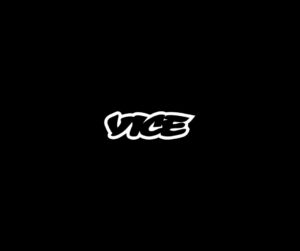- M&A
- May 15, 2023
- 5 minutes read
Vice Media Files For Bankruptcy Ahead Of Planned Sale
Vice Media, one of the most well-funded digital media companies of this era, has filed for Chapter 11 bankruptcy protection…

Vice Media, one of the most well-funded digital media companies of this era, has filed for Chapter 11 bankruptcy protection following years of financial struggles. It marks a big fall for a company that raised $1.6bn in equity and debt funding and was once valued by investors at $5.7bn.
Following the bankruptcy filing, Vice Media has agreed to sell itself to a consortium of lenders, including Fortress Investment Group, a private equity firm; Monroe Capital, a private credit firm; and Soros Fund Management, the family office of billionaire investor George Soros.
The consortium will pay a $225mn credit bid and assume control of Vice Media’s assets and “significant liabilities.” A credit bid means creditors swapping their debt for a company’s assets rather than paying cash.
Vice Media has also secured $20mn of cash from the lender consortium to keep it afloat as it works through bankruptcy. The company expects to emerge from Chapter 11 protection in “two to three months.”
- The lenders are in the leading position to acquire Vice Media, but the company says it’s still open to higher bids from interested parties.
Vice Media began in 1994 as a magazine called Voice of Montreal. It was launched in Canada by three entrepreneurs — Shane Smith, Suroosh Alvi, and Gavin McInnes — and changed its name to Vice in 1996, then relocated to the U.S. in 1999.
Vice expanded aggressively into digital video starting in 2006 and made waves with its daring, unique documentaries, such as interviews with cannibal warlords in Liberia, a trip to North Korea, and trips to warzones to document terrorist activities and the fight against them. It also had a flagship television news show called Vice News Tonight.
Vice Media rode on the digital media hype of the 2010s to raise over $1 billion from venture capitalists and media giants such as Disney and A+E Networks. However, the company struggled to scale and make enough revenue and profit to justify its $5.7bn valuation. It doesn’t help that media industry profit margins are generally thin, unlike the software companies that often raise over $1bn from venture capitalists.
Vice Media’s bankruptcy wasn’t sudden. The company has struggled for a while, evidenced by serial layoffs and program cuts. Nancy Dubuc, the chief executive brought in to revamp Vice Media, stepped down this February after five years. The bankruptcy filing seals the company’s fall from grace, with equity and debt investors largely getting wiped out.
- Co-founder Shane Smith has stuck with Vice since its founding in 1994. He was chief executive until 2018, when he transitioned into the role of Executive Chairman. According to Semafor, Smith has sold more than $100mn of his Vice shares, meaning he won’t struggle following his company’s bankruptcy. A divorce filing also revealed his $1.6mn annual salary as Vice’s Executive Chairman.
- Suroosh Alvi has remained with Vice as a journalist and executive.
- Gavin McInnes left Vice in 2008 and, in 2016, founded the Proud Boys, an infamous far-right political organization; some members were recently convicted of seditious conspiracy for their role in the January 6 U.S. Capitol riots. Vice has worked to distance itself from McInnes due to his association with the group.
Vice Media filed for bankruptcy in a New York court. The company’s bankruptcy filing lists both assets and liabilities of between $500mn and $1bn.






